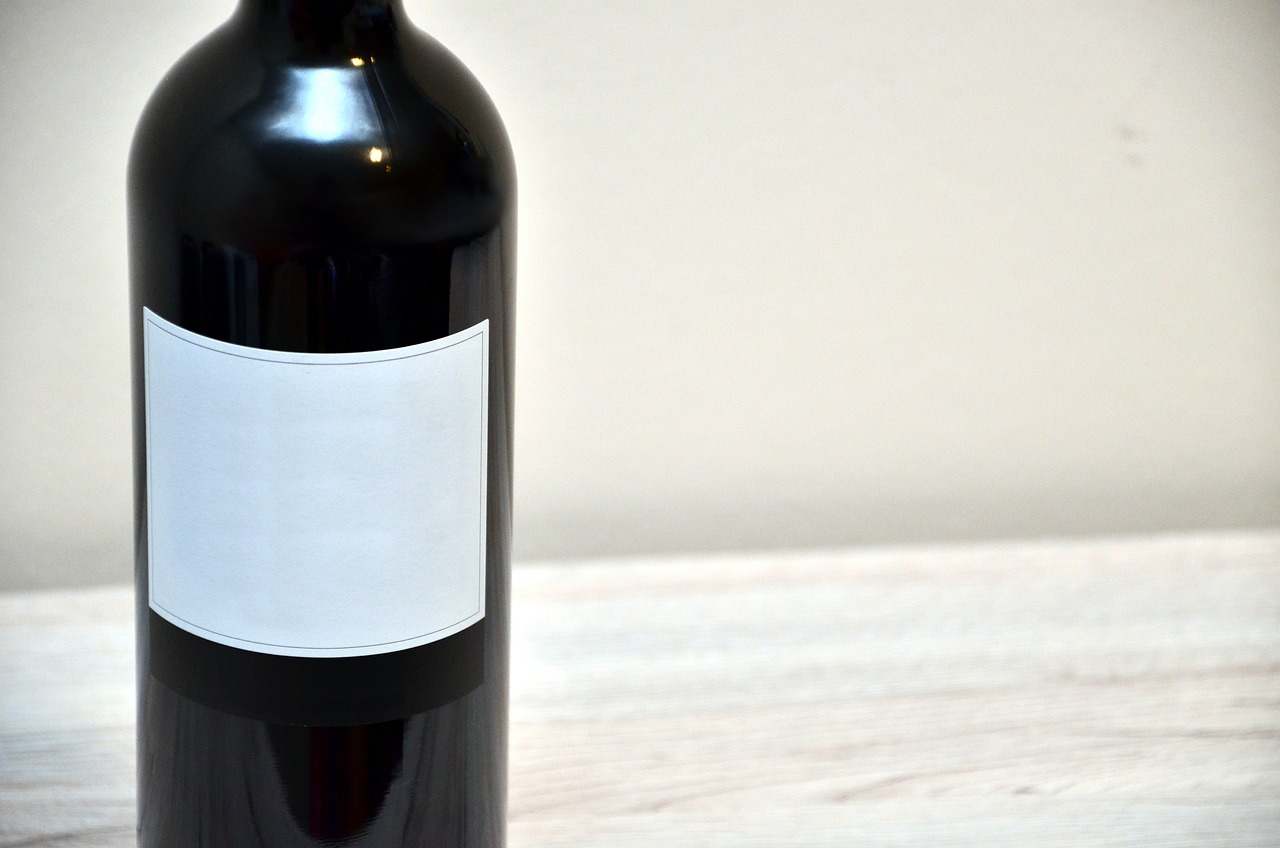
Navigating the world of German wine can be a complex journey, especially when it comes to understanding the labels. German wine labels are packed with information, but they can often seem like a puzzle to those unfamiliar with the language and the labeling system. This comprehensive guide aims to demystify German wine labels, making it easier for enthusiasts and beginners alike to select and enjoy the wide range of wines Germany has to offer.
1. The Basics of German Wine Labels
To start, it’s important to familiarize yourself with the basic elements found on a German wine label. Typically, a label will include the following information:
- Producer Name: The winemaker or estate.
- Region: The specific area where the grapes were grown.
- Quality Category: Indicates the quality level of the wine (e.g., QbA, Prädikatswein).
- Grape Variety: Type of grape used (e.g., Riesling, Spätburgunder).
- Vintage: The year the grapes were harvested.
- Special Designations: Such as single vineyard names or specific wine styles.
2. Understanding Quality Categories
German wines are categorized into two main groups: table wine (Tafelwein) and quality wine (Qualitätswein). Quality wines are further divided into Qualitätswein bestimmter Anbaugebiete (QbA) and Prädikatswein. Let’s delve deeper:
- Qualitätswein (QbA): These are quality wines from specific regions. They must meet certain standards and are subject to taste testing.
- Prädikatswein: This is the highest quality category and is subdivided into levels based on the ripeness (or sugar content) of the grapes at harvest. These include Kabinett, Spätlese, Auslese, Beerenauslese, Eiswein, and Trockenbeerenauslese.
3. Grape Varieties and Styles
Germany is renowned for its Riesling, but there are numerous other grape varieties to explore. Understanding the grape type can give you a good idea of the wine’s flavor profile. For instance, Riesling is known for its balance of sweetness and acidity, while Spätburgunder (Pinot Noir) is celebrated for its elegant reds.
4. Deciphering Vineyard and Village Names
German wine labels often feature the name of the village and the vineyard. For example, a label might read “Piesporter Goldtröpfchen.” Here, “Piesporter” indicates the wine comes from the village of Piesport, and “Goldtröpfchen” is the name of the specific vineyard.
5. The Importance of Sweetness Levels
German wines range from dry (trocken) to extremely sweet. The label can give you clues about the sweetness level. Terms like “halbtrocken” (off-dry) or “feinherb” (semi-sweet) are important indicators.
6. The Role of the VDP
The Verband Deutscher Prädikatsweingüter (VDP) is an association of Germany’s elite wine estates. Wines from VDP members are distinguished by the eagle logo with a cluster of grapes. This symbol signifies adherence to strict quality standards and often indicates a premium wine.
7. Vintage Variation
The vintage year on a German wine label is particularly important due to the country’s cool climate, which can lead to significant variation in weather conditions from year to year. This variation can greatly affect the style and quality of the wine.
8. Label Designations for Sweet Wine Lovers
If you have a sweet tooth, look for labels with terms like “Auslese,” “Beerenauslese,” “Trockenbeerenauslese,” or “Eiswein.” These indicate sweeter styles, with grapes harvested at varying levels of ripeness and sugar concentration.
9. Recognizing Organic and Biodynamic Wines
For those interested in organic or biodynamic wines, look for certifications like “Bio” or “Demeter” on the label. These indicate that the wine was produced according to organic or biodynamic farming practices.
10. Serving and Pairing Suggestions
Often, German wine labels will include serving suggestions or recommended food pairings. This can be a helpful guide for enjoying the wine at its best.
11. Understanding Alcohol Content
The alcohol content is a mandatory element on wine labels. In German wines, this can range significantly, especially between drier and sweeter wines, and gives you an idea of the wine’s body and potential sweetness.
12. Navigating the German Wine Classification System
The classification system, though complex, is integral to understanding German wines. Familiarizing yourself with terms like “Grosses Gewächs” (great growths) for top dry wines from VDP estates, helps in selecting high-quality wines.
Understanding German wine labels is key to appreciating the rich and diverse world of German wines. From the ripeness level of the grapes to the specific vineyard, every detail on the label contributes to the story of the wine inside the bottle. With this guide, you’re now equipped to navigate the complexities of German wine labels and make informed choices that suit your taste and preferences.
By demystifying the German wine label, this guide aims to enhance your wine selection process and overall enjoyment of German wines. Whether you’re a seasoned connoisseur or a curious beginner, these insights will deepen your appreciation for the nuances and traditions of German winemaking.
Related articles:
German Wine 101: Grape Varieties, Label Terms, and What to Drink
Liebfraumilch Wine
German Eiswein
Spätburgunder: Germany’s Answer to Pinot Noir
German Wine Guide
History of German Wine
German Riesling
German Wines
